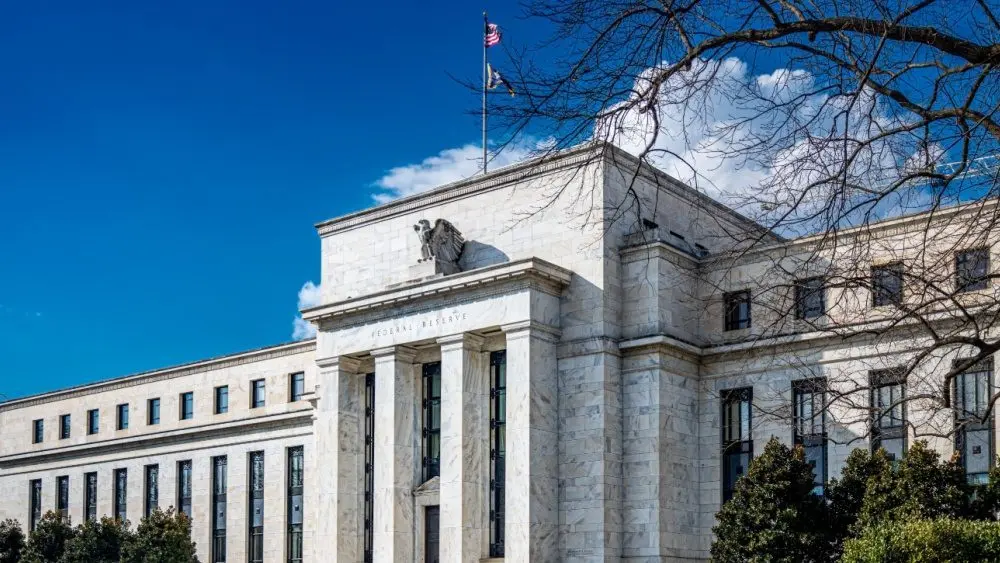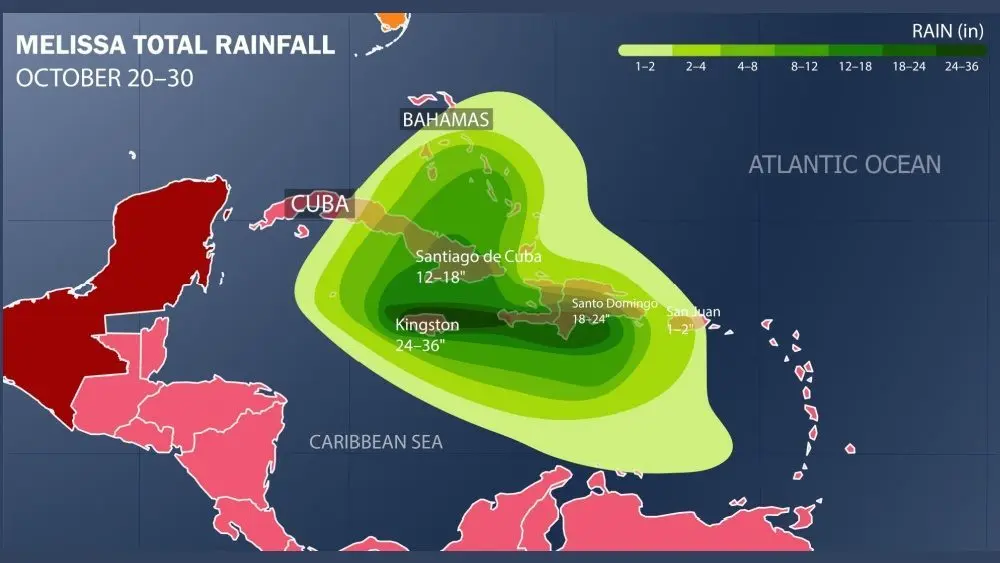
The Federal Reserve on Wednesday lowered its benchmark interest rate by 0.25 percentage points — its second cut of the year — as policymakers attempt to steady an economy grappling with slowing job growth, elevated inflation, and an ongoing government shutdown.
The decision brings the federal funds rate down to a range of 3.75% to 4%, from 4% to 4.25%, following a similar cut in September that marked the Fed’s first rate reduction since late 2024. Fed Chair Jerome Powell previously warned that risks to the labor market are mounting, saying earlier this month: “There is no risk-free path for policy as we navigate the tension between our employment and inflation goals.”
In a statement accompanying the announcement, the Federal Open Market Committee (FOMC) acknowledged that “uncertainty about the economic outlook remains elevated,” adding that it is “attentive to the risks to both sides of its dual mandate.” The committee noted that “downside risks to employment rose in recent months,” even as inflation remains above target.
The rate cut, aimed at easing borrowing costs for households and businesses, is intended to spur investment and spending at a time when hiring has slowed to its weakest pace in years. The ADP National Employment Report showed private-sector payrolls shrinking by 32,000 in September, underscoring the extent of the slowdown. Despite the unemployment rate holding at 4.3% as of August, which is relatively low by historical standards, the time it takes job seekers to find new employment has stretched to nearly six months, reflecting a collapse in hiring activity not seen since the aftermath of the 2008 financial crisis.
Despite economic uncertainty, financial markets have continued to surge. Fueled by a boom in artificial intelligence investment, major stock indexes have hit record highs, with chipmaker Nvidia on Wednesday becoming the first company valued at $5 trillion. Meanwhile, inflation continues to exceed the Fed’s 2% target. The government’s latest consumer price report — one of the few released during the shutdown — showed prices rising from 2.9% to 3% in September, the highest reading since January. The Fed’s preferred inflation gauge, the personal consumption expenditures (PCE) index, also remained above target in the most recent available data from August.
Political pressure has added to the challenge. President Donald Trump has repeatedly pushed for steeper reductions, calling for rate cuts totaling as much as three percentage points. Wednesday’s quarter-point move falls well short of his demands. The Fed’s next policy meeting is scheduled for December 10, when officials will reassess the path of interest rates. Last month, the FOMC projected two additional quarter-point cuts by year’s end, though much will depend on how quickly the labor market and inflation data evolve once the government fully reopens.
Editorial credit: RozenskiP / Shutterstock.com




